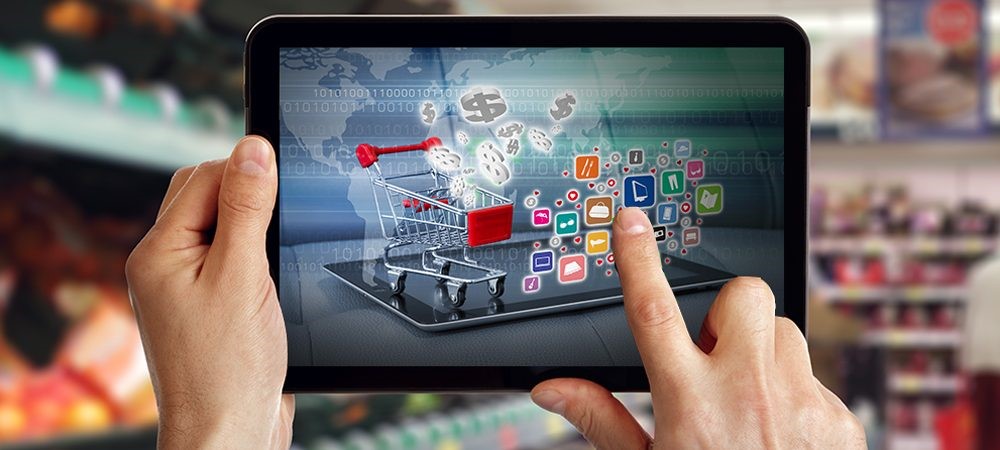Micropayments are a form of online payment where a small amount of money is exchanged for a service. Originally, micropayment systems were proposed in the mid-late 1990s. In the 2010s, a second generation of micropayment systems emerged. In this article, we look at the basic concept of micropayments and the system used to conduct these transactions.
Pay-per-use method of online transactions
A micropayment is a small payment made online to a business for a certain service or product. It can be made through PayPal, Google Play, or the App Store. Micropayments allow users to pay as little as 99 cents for a digital app. This method is often called the “pay-per-use” method of online transactions. Many cable television companies also offer this type of service.
The pay-per-use method of online transactions has several advantages for businesses. One such benefit is that
소액결제 현금화 do not require large sums of money to purchase and distribute digital products. The marginal cost of producing digital products is low, and the companies can sell them for low prices as long as they can sell a sufficient number of products. Some optimists predict that consumers will eventually be willing to pay as little as five cents for a newspaper article or $1 for a song. Some people have even suggested that consumers will pay as little as 10 dollars for Microsoft Word.
Micropayments are a popular new way to pay for online services. The process is a lot faster and more convenient than traditional methods. Users can pay as little as a few cents and still have the payment sent to the right account. Micropayments can also be used for tipping and royalty payments
.
Transaction system of micropayments
A micropayment system involves a first party, a second party, and a third party. The first party may be the payor, the second party may be the payee, and the third party may be a bank or a broker. In some cases, a single entity plays the roles of all three.
A micropayment system establishes payment between the payee and merchant (M) for a transaction T. Transaction T has a time t that indicates the date and time of the transaction. The user’s data string, or “electronic check,” then is sent to the merchant (M). The check C contains information about the time t, and the user’s electronic signature is verified by the merchant.
Micropayments are generally not large enough to be considered a regular payment method, but the potential for them to be used for various purposes is considerable. For example, in some instances, the micropayment system can be used as a payment system for pay-per-click advertising, small freelance jobs, and cryptocurrency transactions. Recent technological advances have given micropayments more exposure in the digital world. This is due to the emergence of the Fintech industry, which aims to make financial products more accessible to everyone.
Security concerns of micropayments
Micropayment systems have a number of security concerns, including scalability, authentication, and non-repudiation. Security is important because it builds trust and confidence among users. For merchants and consumers alike, security means that the money they send is safe, received, and accounted for. Micropayment security depends on the hardware and software that underpin these systems. The current underlying systems are highly susceptible to eavesdropping and tempering.
Many of these systems rely on cryptographic mechanisms to control credit transfers. However, most commercial cryptographic systems are not reliable enough to prevent attackers from obtaining sensitive information. Recent attacks on utility meters, automatic teller machines, and satellite TV decoders have illustrated the vulnerabilities of these systems. Micropayment scheme developers often attempt to overcome these problems by implementing their own cryptography.
The future of micropayments may rest on their ability to facilitate interoperability. Creating a platform that allows multiple currencies to interchange with each other is essential to the success of the broader market. While this approach might work for merchants, it will also make the concept and practice of micropayments cumbersome.
Cost of micropayments
Micropayments allow for low-cost, dynamic pricing for content. They were first proposed in the 1990s, as the Internet grew in popularity. Many big companies attempted to create solutions that would make micropayments feasible, but they never became widely adopted. The closest thing to micropayments that has become widely used is 99 cents.
Micropayments can be small, such as a cent, or large, such as a subscription to a large pool of content. In other cases, micropayments can be free and supported by ad revenue. The idea behind micropayments is to create a model where individuals or companies can charge a small fee for value-laden content.
Micropayments are not without their risks. The costs of a micropayment system must be weighed against the benefit of a consumer. While the customer may be satisfied with the price, the cost of mental accounting is likely to be high. For a consumer who is unfamiliar with online commerce, this risk is greater. This mental accounting cost arises from the uncertainty of cashflors, incomplete observation of







































